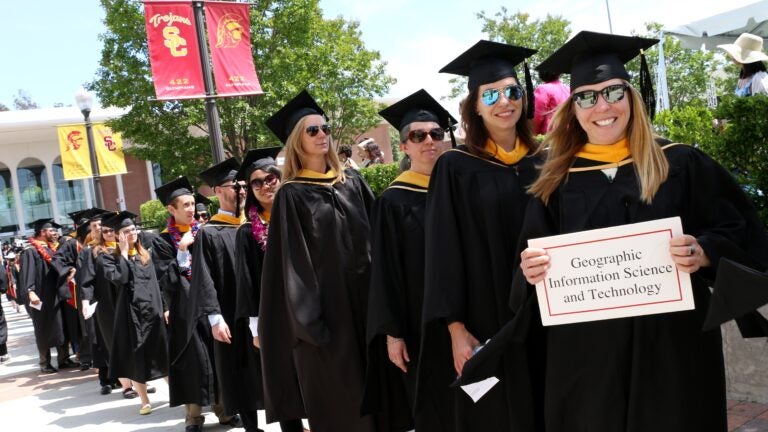
Masters
Contact Us
Spatial Sciences Institute
University of Southern California
3616 Trousdale Parkway, AHF B55
Los Angeles, CA 90089-0374
213.740.5910
spatialsciences@usc.edu
Hours: Mon-Fri 8:30 am – 5:00 pm
Undergraduate Programs
Dr. Diana Ter-Ghazaryan
213.821.1190 | terghaza@usc.edu
Graduate Programs
Dr. Darren M. Ruddell
213.740.0521 | druddell@usc.edu




